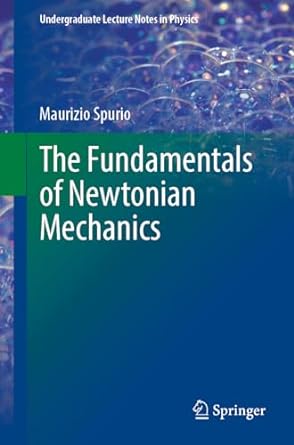A conical pendulum is a device analogous to a simple pendulum, except that the mass can rotate
Question:
A conical pendulum is a device analogous to a simple pendulum, except that the mass can rotate along a horizontal circumference in the \(x, y\) plane while the acceleration of gravity is along the \(z\) direction. A conical pendulum consists of a particle of mass \(m=80 \mathrm{~g}\) attached to an inextensible wire \(L=50 \mathrm{~cm}\) long and of negligible mass fixed at one end. The pendulum describes a horizontal circumference with angular speed \(\omega=5.2 \mathrm{rad} / \mathrm{s}\). The maximum tension that the wire can sustain is \(T_{\max }=1.5 \mathrm{~N}\). Determine:
1. the value of the tension \(T\) of the wire;
2. the radius \(R\) of the circumference on which the pendulum moves;
3. the maximum opening \(\alpha\) of the angle of the pendulum with respect to the vertical for a tension of the wire equal to the breaking tension \(T_{\max }\);
4. the maximum angular speed that would cause the wire to break for the mass \(m\).
Step by Step Answer:






